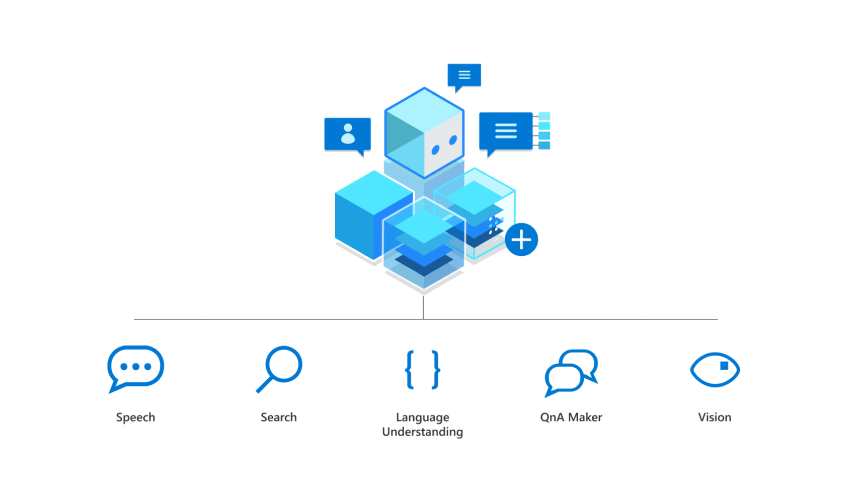Data security is more critical than ever in today’s evolving threat landscape. For modern businesses, safeguarding sensitive information is not just a necessity but a strategic imperative. By implementing a multi-layered approach to data security that includes strong access controls, encryption, secure network infrastructure, reliable backups, and employee training, organizations can achieve the level of protection exemplified by data retrieval experts from Europe. This article will explore the importance of data security and provide actionable insights for businesses to fortify their defenses.
The Importance of Data Security
Data security is paramount for businesses, as it safeguards sensitive information, ensures regulatory compliance, builds customer trust, and provides a competitive advantage. Poor data security can result in data loss, operational downtime, regulatory fines, and even legal issues. Adequate data security, however, can vastly improve a business’s public image, fuel innovation, and keep stakeholders happy.
By implementing effective data security practices, companies can protect their valuable assets, minimize the risk of data breaches, and position themselves as reliable and trustworthy entities. Investing in data security is not only a strategic move but also a necessity in the modern business landscape.
Backup and Disaster Recovery
Implementing a 3-2-1 backup strategy is a best practice for ensuring data resilience. This involves keeping three copies of data, stored on two different media, with one copy kept offsite. Regularly testing backups is crucial to verify their reliability and ensure that data can be successfully restored when needed.
Leveraging the cloud for offsite backup storage provides scalability, cost-effectiveness, and geographic redundancy. Documenting a comprehensive disaster recovery plan and regularly testing it is essential for minimizing downtime and ensuring business continuity in the event of a disaster. By adhering to these backup and disaster recovery best practices, organizations can significantly reduce the risk of permanent data loss and minimize the impact of potential incidents
Access Controls
Implementing the principle of least privilege is crucial for effective access control. This principle ensures that users only have the minimum permissions necessary to perform their job functions. Organizations should enforce strong password policies, requiring complex passwords that are changed regularly, and enable multi-factor authentication for an additional layer of security.
Regularly auditing user access permissions is essential to ensure that permissions align with job roles and to promptly remove access for inactive or terminated employees. By employing role-based access controls, companies can further streamline access management and minimize the risk of unauthorized access. Implementing these access control measures not only reduces the attack surface but also helps contain the impact of potential breaches.
Encryption
Encryption is a fundamental aspect of data security. Organizations must encrypt sensitive data both at-rest (when stored) and in-transit (when transmitted over a network) to protect it from unauthorized access. Utilizing strong, industry-standard encryption algorithms like AES-256 ensures that even if data is intercepted, it remains unreadable to attackers.
Securely managing encryption keys is equally important, as compromised keys can render encryption useless. Implementing hardware-based encryption can provide an additional layer of security. By employing robust encryption practices, companies can significantly reduce the risk of data breaches and demonstrate their commitment to protecting sensitive information.
Secure Network Infrastructure
Deploying firewalls is crucial to restrict incoming and outgoing network traffic, allowing only authorized access. Segmenting networks into isolated zones for critical systems further enhances security by minimizing the impact of potential breaches. Organizations should also leverage virtual private networks to provide secure remote access for employees and remote offices.
Keeping all systems and software patched and up-to-date is essential to protect against known vulnerabilities that attackers could exploit. By implementing these network security best practices, companies can create a robust foundation for their data protection strategy, making it significantly more difficult for unauthorized users to gain access to sensitive information.
Stay Vigilant
Achieving Fort Knox-level data security requires a multi-layered approach that encompasses access controls, encryption, secure network infrastructure, reliable backups, and employee training. However, security is an ongoing process that demands continuous improvement and vigilance.
By regularly auditing their security posture, staying informed about evolving threats, and investing in the right technologies and employee education, organizations can establish a robust data protection strategy. Striving for the highest level of security is essential to safeguard sensitive information and maintain the trust of customers and stakeholders.









